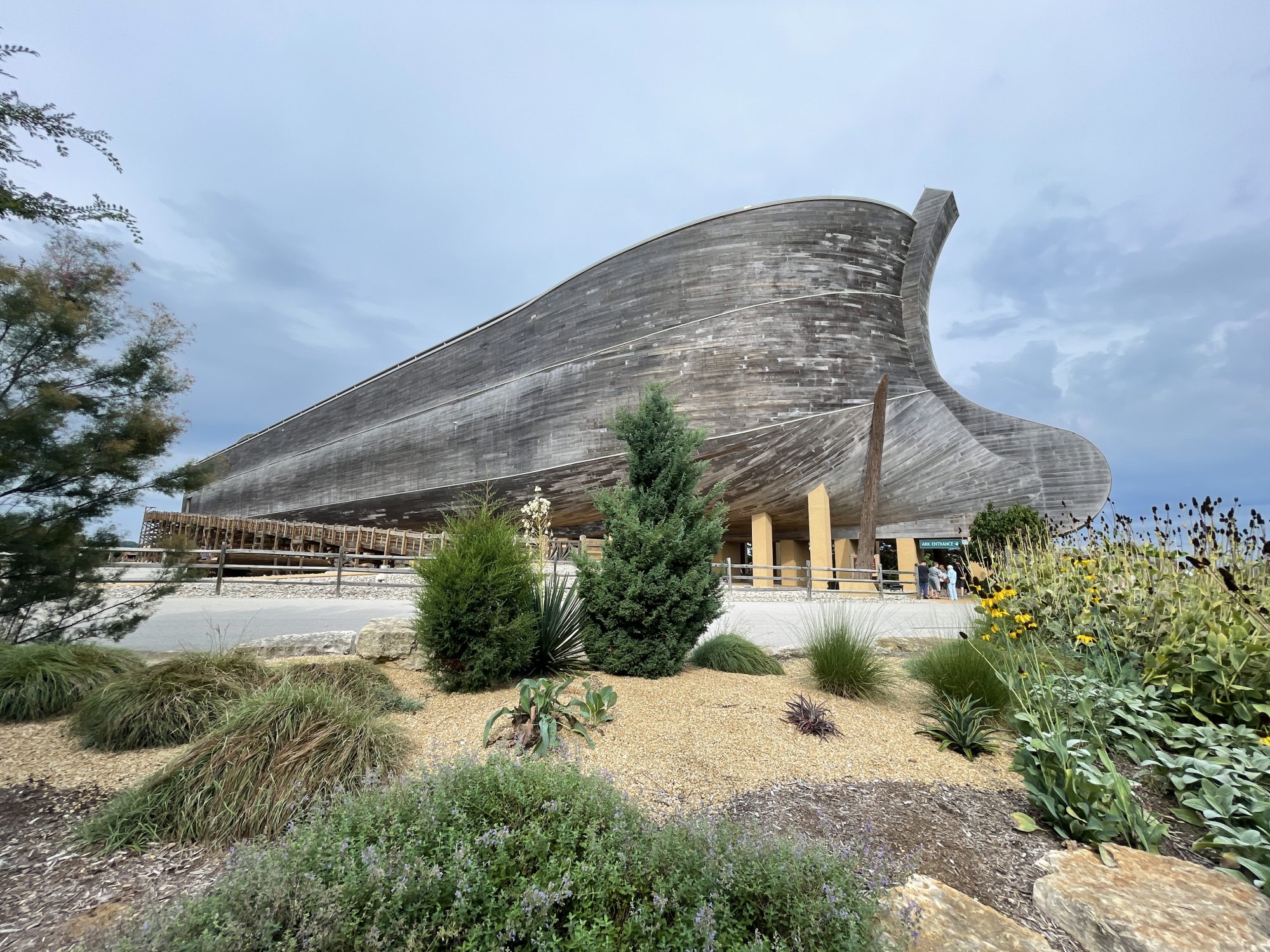fried beef sandwich wrote:Just curious, how do you account for the other ridges and underwater mountain ranges besides the mid-atlantic ridge?
Actually, practically all the underwater ridges were formed as a result of the crust splitting. So, where you see a mountain range, the crust cracked at that point. As the water gushed out of the cracks, the hydrodynamic forces formed a mountain range.
The major land mountain ranges were formed as the water under the crust diminished. While there was water, the crust was free to move since water has a low friction coefficient. But once the water was gone, the crust hit the basalt underneath. With the large friction coefficient, the crust started to buckle. The crust had a huge lateral momentum as it was sliding away from the mid-Oceanic ridge. The momentum caused the crust to form the Rockies, Appalachians, Andes, Himalayas, etc.
Notice that the major mountain ranges of the Americas (Rockies, Andes) run parallel to the western coastline. Why is that? It is consistent with what should happen if the entire land mass was moving westward, then abruptly stopped. Sort of like what happens when a car crashes into a wall. If a car runs into a brick wall, the front of the car would buckle up.
https://debatingchristianity.com/forum/viewtopic.php?p=3286#p3286
